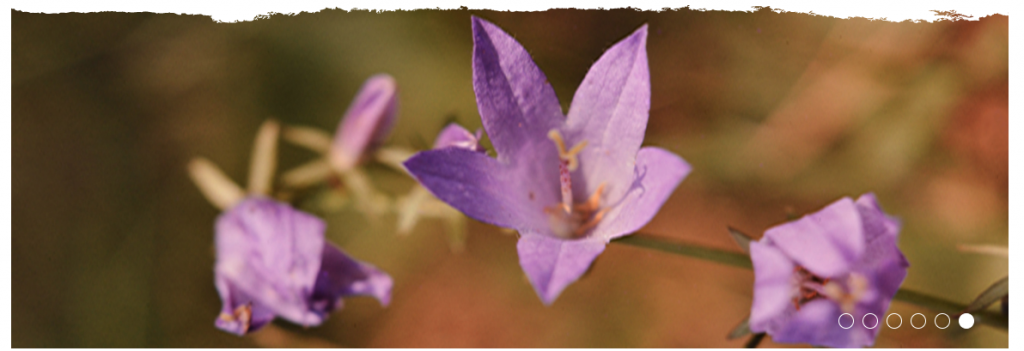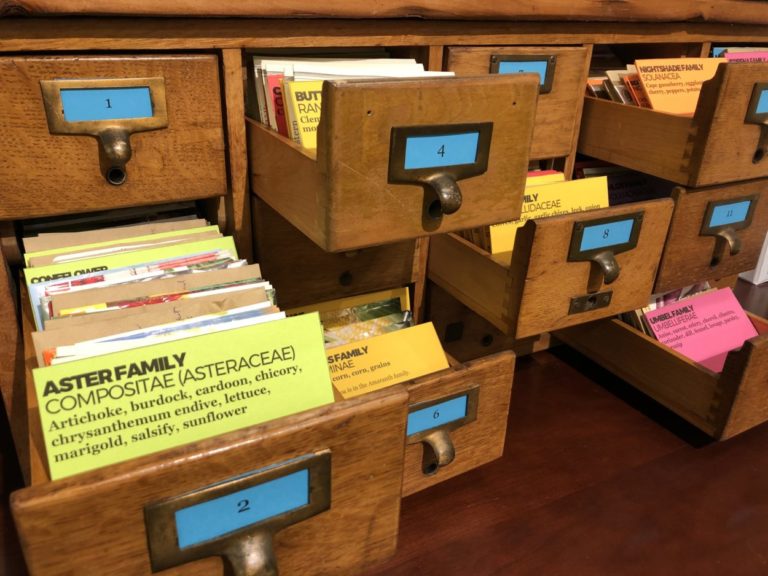
Lora Robins Library
For the special collections visit I did a digital visit of the Lora Robins Library located at Lewis Ginter Botanical Gardens in Richmond, Va. This is a library that I now have plans to visit very soon, but due to time restraints I will not be able to visit before the 21st of July so will be doing a deep dive of their website for this blog.
I have visited Lewis Ginter on many occasions and never knew they had a library, so this was a very surprising find for me. Their library is located in the education building which I have never gone in as I wasn’t aware it was open to the public. I was thinking that was where field trip groups and things of that sort went. Now that I know it is there, I will be sure to check it out during my next visit.
The website is very easy to navigate and is a subsite of the garden’s overall website located under the “learn” tab on their home website. The website itself is easy to navigate to with links to their collections, programs, and resources. There is also other links to where you can become a garden member, learn more about the garden, and to see what is available in their seed library.
The Lora Robins Library is a “resource for horticulture, botany, botanical art and history, and landscape design” (Lewis Ginter, About the library). And that is exactly what I found on their site. The first thing that I looked at were their collections. They have over 7,000 titles pertaining to gardening, botany, Virginia plants, plant lore, plant pests, and children’s books and puzzles. (Lewis Ginter, Collections). There is also a collection of 35,000 photographs of Virginia Wildflowers which I found to be fascinating. This collection is a shared digital collection with VCU libraries (which is where I did my academic visit, so I thought that was cool).

[Photgraph] VCU. https://digital.library.vcu.edu/islandora/object/vcu%3Aanc?page=5
Another collection that I found fascinating was the seed library. According to the webisite, “A seed library is a circulating collection of seeds that people can borrow, plant, harvest, save, and—if all goes according to plan—return to the library for others to borrow” (Lewis Ginter).

The overall space of the library seems to be very welcoming to all visitors. However, I could not tell from the website if access to the library is free or only accessible with a membership, or paid entrance to the garden. I think that would be good information to have on the website. There is ample parking and wheelchair accesible ramps wherever there are stairs. And of course, it is surrounded by the beautiful gardens.
There are special services available. There is a Storytime for all ages and abilities every Friday and Saturday at 10 a.m. in the Garden. There is also a nature study reading society book club that meets in the reading room every second Friday of the month. They also offer something called the Hort Hotline where you can ask your horticultural questions by email. There are also many library guides available on their site such as the pollinators guide and the community gardening guide.
This library serves anyone who is interested in botany or gardening. It serves the general public and would be great for adults or children. Rubin & Rubin (2020) mention that special libraries “are directly and narrowly related to the mission of the organization in which they are located” and as this library is located in a garden, their collections are all related to plants and gardening (p. 160). There is only one staff member, the garden’s librarian listed on the website. This also aligns with what Rubin & Rubin (2020) say, “often a single person might perform multiple functions” (p.161). However, with it being such a small library that is only open when the garden is open, there doesn’t seem to be a need for more than one person. And there may be a paraprofessional that helps out as well that just isn’t listed on the website.
The thing that surprised me the most is the very existence of the library. I can’t believe that I never knew it was here! I am very excited to visit this library soon. I would especially like to see the seed library and perhaps check out some seeds to add to our home garden. I would still like to know how diverse this library is as far as the staff and the patrons. As I didn’t get to visit in person, I am unsure. However, the majority of the pictures on the website future white women. I do not see a lot of men or people of color. So that may be something that they still need to work on. I think it would also be very fun to talk to the librarian to see what she does on a daily basis there as this is unlike any library that I have seen before.
Lewis Ginter Botanical Gardens. (2022). Library. https://www.lewisginter.org/learn/library/
Rubin, R. E., & Rubin, R. G. (2020). Foundations of library and information science (5th ed.). ALA Neal-Schuman.
Leave a Reply to Michele Wickman Cancel reply